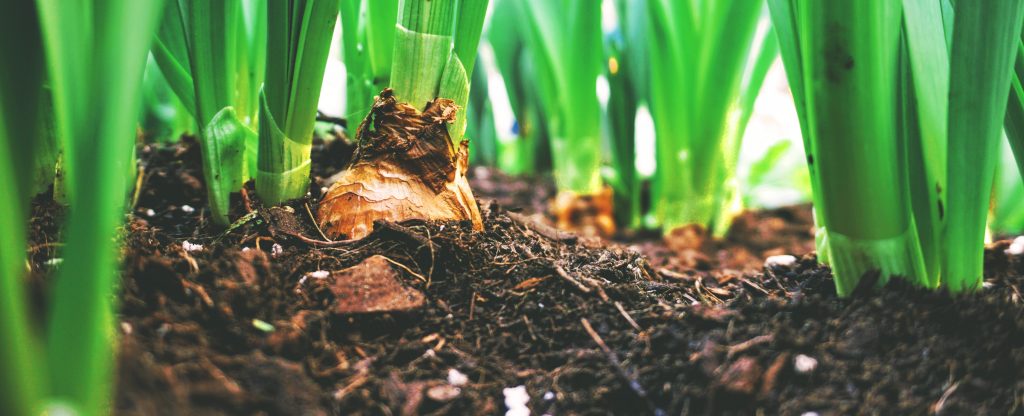In the ever-evolving world of sustainable packaging there’re two terms we see used often: Biodegradable and compostable. They may seem interchangeable, but there are a few key differences between the two.
So what does it mean to be “Biodegradable”?

The meaning of “biodegradable” can be found right in the name. Items that are biodegradable degrade through biological processes – usually microbes or bacteria eat away at them over time, breaking them down to basic minerals and materials to return to the earth.
Fruits and vegetables over time will soften and break down. Untreated wood products rot and break apart. Even metals like steel will rust away and some plastics will break down, but processes like those aren’t usually pushed along by bacteria and can take anywhere from years to lifetimes to degrade.
How about when something is labeled “Compostable”?

The idea of compostability is that products and packages degrade quickly, naturally, and without releasing other harmful materials. It’s also a legally protected term. For something to be labeled “compostable” and sold in the United States, it must biodegrade in a short time (usually on the scale of a few months) and it must NOT release dangerous amounts of byproducts that are toxic or harmful. You can read U.S. FTC recommendations and guidelines on their website, in the “Compostable” section.
Maryland recently enacted laws of its own to protect the “compostable” label further than the federal minimum, and California did the same. Be sure to check out your regional laws and movements to see how else the terms are regulated, as they can vary slightly from state to state.
Some cities, including Boise, have a composting program that collects lawn and food waste and converts them to nutrient-rich humus. This is then available to homeowners to enrich their yard and garden soil.
Composting can happen industrially or in a personal compost program. If something is not easily composted as part of a home composting project, it will be disclosed on the package.
A Side-by-Side comparison :
Biodegradable

• Breaks down over time due to natural processes
• Can include plastics and metals
• Can release various byproducts while degrading
• Unregulated in most of the U.S. You do not need to be certified to call out “Biodegradable” on a package.
Compostable

• Breaks down over a short time due to natural processes
• Generally does not include plastics and metals
• Can release non-harmful byproducts while degrading
• Regulated and protected in the U.S. You must prove compostability to call out “Compostable” on a package.

The number of compostable packages and products out there is always growing, and take a big burden off our environment. Keep an eye out for our own team’s projects involving sustainable and compostable packages!

